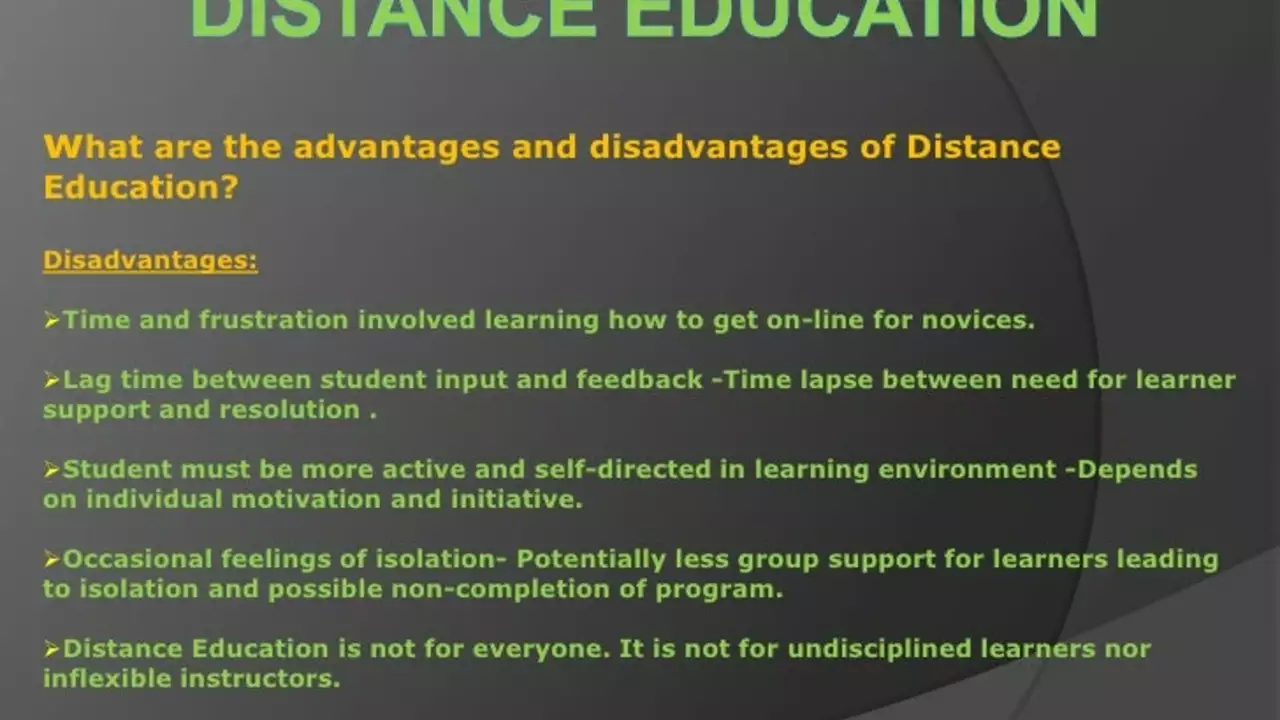Education Insights: Loans, Learning Models, and Modern Trends
When it comes to education, the money side and the way you learn are both huge factors. Whether you’re hunting for a low‑interest loan, wondering if online classes work for you, or trying to pick between a private and a public school, the answers are often simpler than you think.
Financing Your Education
Student loans get a bad rap because of high interest rates. The main reason? They’re unsecured, so lenders charge more to protect themselves. That’s why many banks offer fee‑financing plans – you pay the tuition in smaller chunks without interest, but you lose the longer‑term flexibility of a loan.
Good news for girls: a handful of banks now give 0% interest education loans specifically to women. SBI, HDFC, and ICICI have rolled out these offers to promote gender equality. If you qualify, you can breathe easier knowing the loan won’t add extra cost.
When you compare private and public schools, costs can vary wildly. Private schools often have smaller classes, but public schools bring diversity and a broader program range. The real decision hinges on what fits the student’s needs, not just the price tag.
New Ways to Learn
Traditional “banking” education – where teachers deposit facts and students withdraw them – is losing ground. Project‑based learning lets students solve real problems, while flipped classrooms shift lectures online so class time becomes hands‑on work.
21st‑century education pushes for tech‑driven, collaborative learning. Think digital literacy, critical thinking, and global awareness built into everyday lessons. Online education fits right in, offering flexibility and cost savings. The downside? You miss face‑to‑face interaction, which can hurt motivation for some learners.
If you’re still on the fence about online versus classroom learning, try mixing both. Use an online platform for theory, then apply the concepts in a local study group or workshop. That hybrid approach captures the best of each world.
At the end of the day, the education system is a toolbox. Some tools work better for certain jobs. Loans, fee plans, private schools, public schools, online platforms, and project work all have their place. Pick what matches your goals, budget, and learning style, and you’ll be set for success.
What are the benefits of technology in education?
In today's blog post, we delved into the wide-ranging benefits of technology in education. We discovered how it fosters interactive learning, making lessons engaging and easier for students to grasp. We also discussed how technology provides access to a vast amount of information and educational resources, promoting independent learning. Furthermore, it prepares students for the digital future and can offer personalized learning experiences. In a nutshell, technology in education can revolutionize the way we teach and learn.
View MoreDo students attend Harvard for the network or education?
This article examines the reasons why students attend Harvard University. It explores both the educational opportunities and the networking opportunities associated with the school. The author argues that while the educational opportunities are vast, the networking opportunities are what draws many students to Harvard. The article also discusses the ways that networking can help students secure successful careers and outlines the different types of networks available to Harvard students, such as alumni networks, faculty networks and extracurricular networks. The article concludes by noting that while education is important, networking is also an essential part of the Harvard experience.
View More
